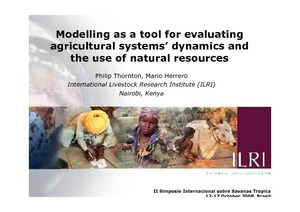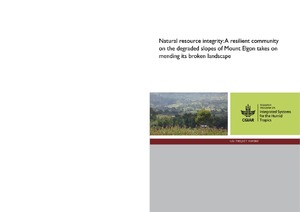Menuju kesejahteraan: pemantauan kemiskinan di Kutai Barat, Indonesia
Kemiskinan adalah masalah yang persisten di Indonesia. Tujuh tahun setelah dimulainya desentralisasi hanya terlihat sedikit peningkatan pada kesejahteraan masyarakat. Pemerintah daerah telah memperoleh kesempatan dan tanggung jawab baru untuk melaksanakan pembangunan, tetapi hanya beberapa kabupaten saja yang mempunyai kemampuan dan pengalaman yang diperlukan untuk mengurangi kemiskinan secara efektif. Laporan ini menyajikan potret kemiskinan dan kesejahteraan di Kutai Barat, sebuah kabupaten yang baru didirikan pada tahun 1999.





